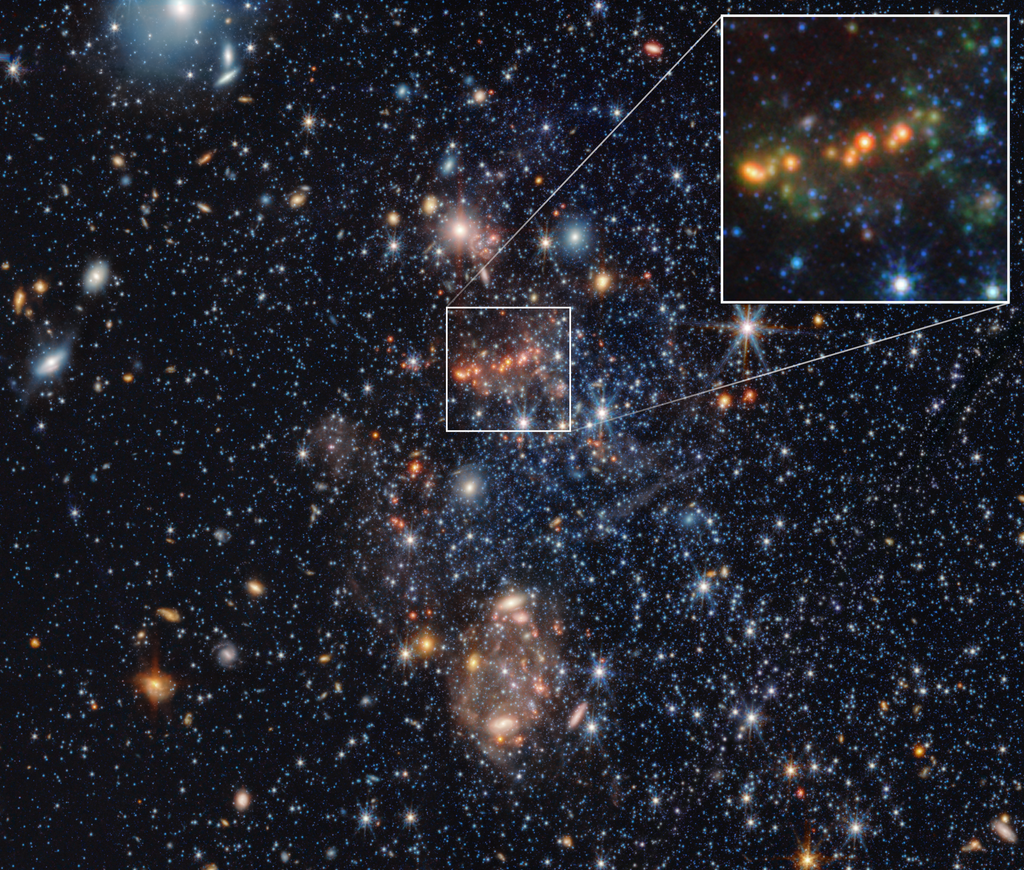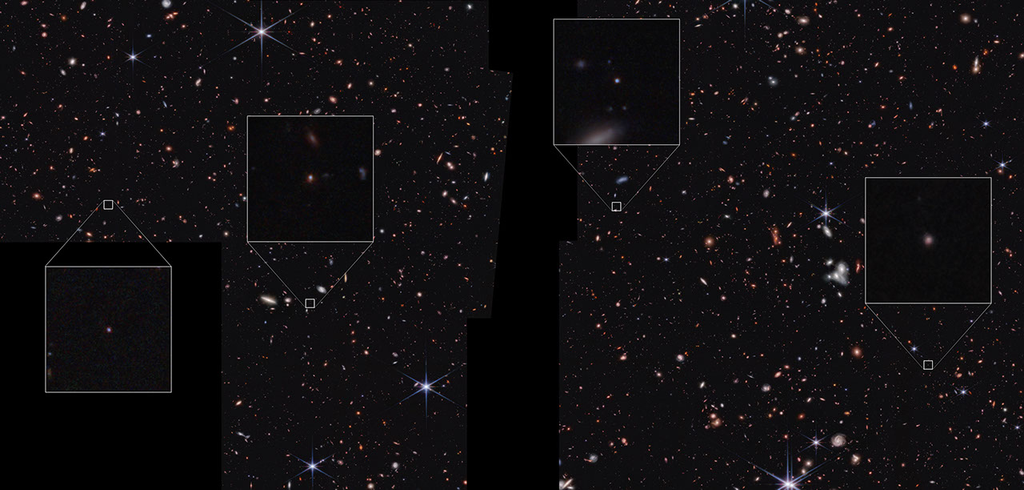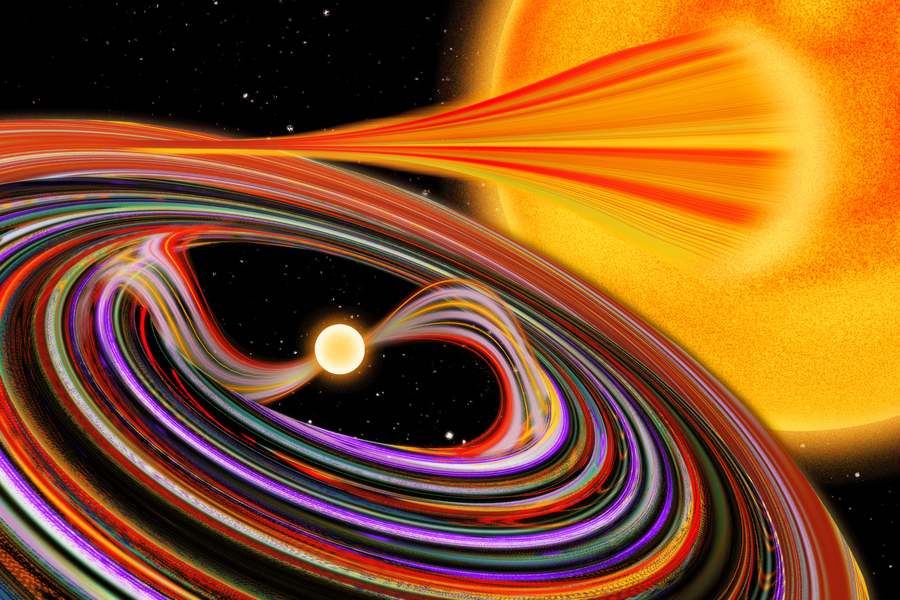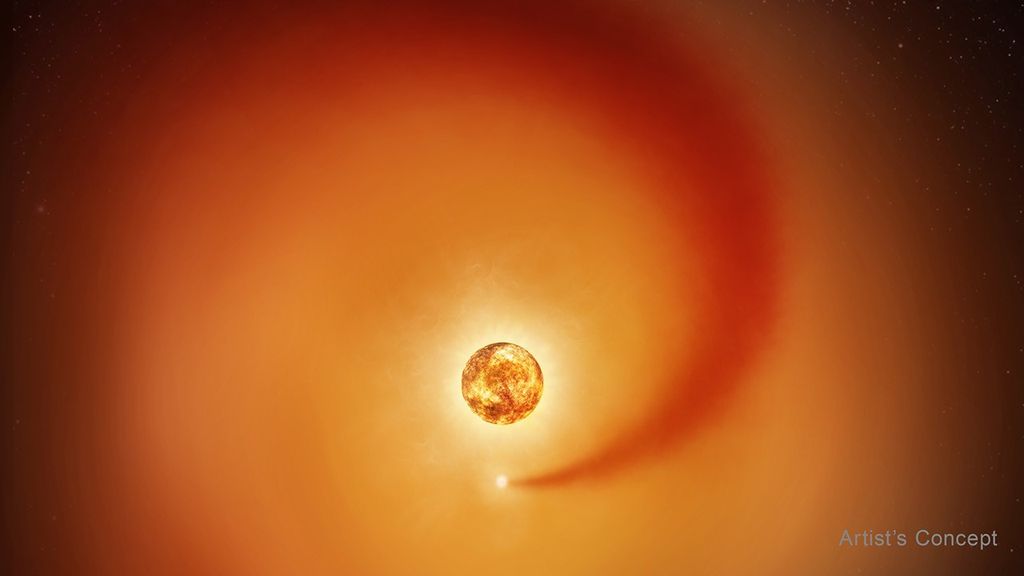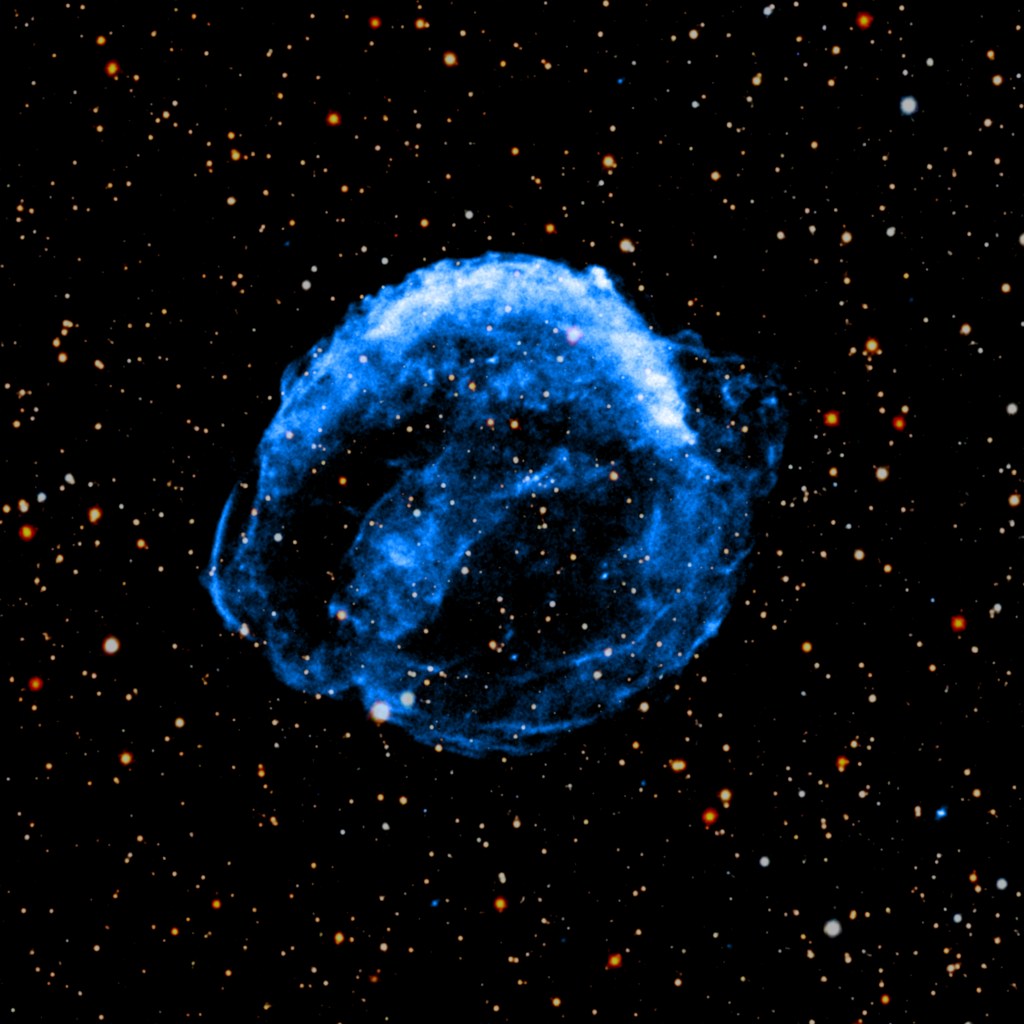1 min read
Starry Splendor in Core of Omega Centauri

The core of the spectacular globular cluster Omega Centauri glitters with the combined light of 2 million stars. The entire cluster contains 10 million stars, and is among the biggest and most massive of some 200 globular clusters orbiting the Milky Way Galaxy. Omega Centauri lies 17,000 light-years from Earth.
Astronomers Eva Noyola, of the Max-Planck Institute of Extraterrestrial Physics in Garching, Germany, and Karl Gebhardt of the University of Texas at Austin, have reported on the possible detection of an intermediate-mass black hole in the core of Omega Centauri.
The result is primarily based on spectroscopic measurements obtained with the Gemini South observatory in Chile which suggest the stars are moving around the central core of the cluster at higher than expected velocities.
Among the possible explanations for these speedy stars – and the one favored by their study – is that an intermediate-mass black hole of approximately 40,000 solar masses resides at the center of Omega Centauri. Its powerful gravitational field speeds up the motions of stars near the core.
Astronomers have speculated for years that some globular clusters may harbor in their centers medium-size, or intermediate-mass, black holes with masses of some tens of thousands of suns. Medium-size black holes are much less massive than the supermassive black holes, which are up to billions of solar masses and reside in the centers of large galaxies.
Hubble images taken with the Advanced Camera for Surveys were used in key areas in support of this study: to help pinpoint the center of the cluster, as well as to measure the amount of starlight at the cluster center.
Using the European Southern Observatory's Very Large Telescope in Paranal, Chile, Noyola and Gebhardt are planning to obtain follow-up observations to help confirm the existence of an intermediate-mass black hole.
The Hubble images were taken in June 2002.
About the Object
- R.A. PositionR.A. PositionRight ascension – analogous to longitude – is one component of an object's position.13h 26m 45.9s
- Dec. PositionDec. PositionDeclination – analogous to latitude – is one component of an object's position.-47° 28' 36.99"
- ConstellationConstellationOne of 88 recognized regions of the celestial sphere in which the object appears.Centaurus
- DistanceDistanceThe physical distance from Earth to the astronomical object. Distances within our solar system are usually measured in Astronomical Units (AU). Distances between stars are usually measured in light-years. Interstellar distances can also be measured in parsecs.17,300 light-years or 5,300 parsecs
- DimensionsDimensionsThe physical size of the object or the apparent angle it subtends on the sky.The image is approximately 50 light-years (15.3 parsecs) wide, subtending 10 arcminutes.
About the Data
- Data DescriptionData DescriptionProposal: A description of the observations, their scientific justification, and the links to the data available in the science archive.
Science Team: The astronomers who planned the observations and analyzed the data. "PI" refers to the Principal Investigator.HST Proposal: 9442 A. Cool (San Francisco State University), J. Anderson (STScI), D. Bailyn (Yale University), J. Carlin (San Francisco State University), P. Edmonds (Harvard-Smithsonian Center for Astrophysics), J. Grindlay (Harvard University), and D. Haggard (University of Washington) - InstrumentInstrumentThe science instrument used to produce the data.HST>ACS/WFC
- Exposure DatesExposure DatesThe date(s) that the telescope made its observations and the total exposure time.June 27-30, 2002, Exposure Time: 5 hours total, 34 minutes in each of nine overlapping fields
- FiltersFiltersThe camera filters that were used in the science observations.F435W (B) and F625W (SDSS r)
- Object NameObject NameA name or catalog number that astronomers use to identify an astronomical object.Omega Centauri, NGC 5139
- Object DescriptionObject DescriptionThe type of astronomical object.Globular Star Cluster
- Release DateApril 2, 2008
- Science ReleaseAstronomers Find Suspected Medium-Size Black Hole in Omega Centauri
- CreditNASA, ESA, and the Hubble Heritage Team (STScI/AURA); Acknowledgment: A. Cool (San Francisco State University) and J. Anderson (STScI)
Downloads

The image is a composite of several separate exposures made by the ACS instrument on the Hubble Space Telescope. Two filters were used to sample broad wavelength ranges in the yellow and near infrafed. The color results from assigning different hues (colors) to each monochromatic image. In this case, the assigned colors are: Blue: F435W (B) Green: F435W (B) + F625W (SDSS r) Red: F625W (SDSS r)

Related Images & Videos
Share
Details
Claire Andreoli
NASA’s Goddard Space Flight Center
Greenbelt, Maryland
claire.andreoli@nasa.gov

